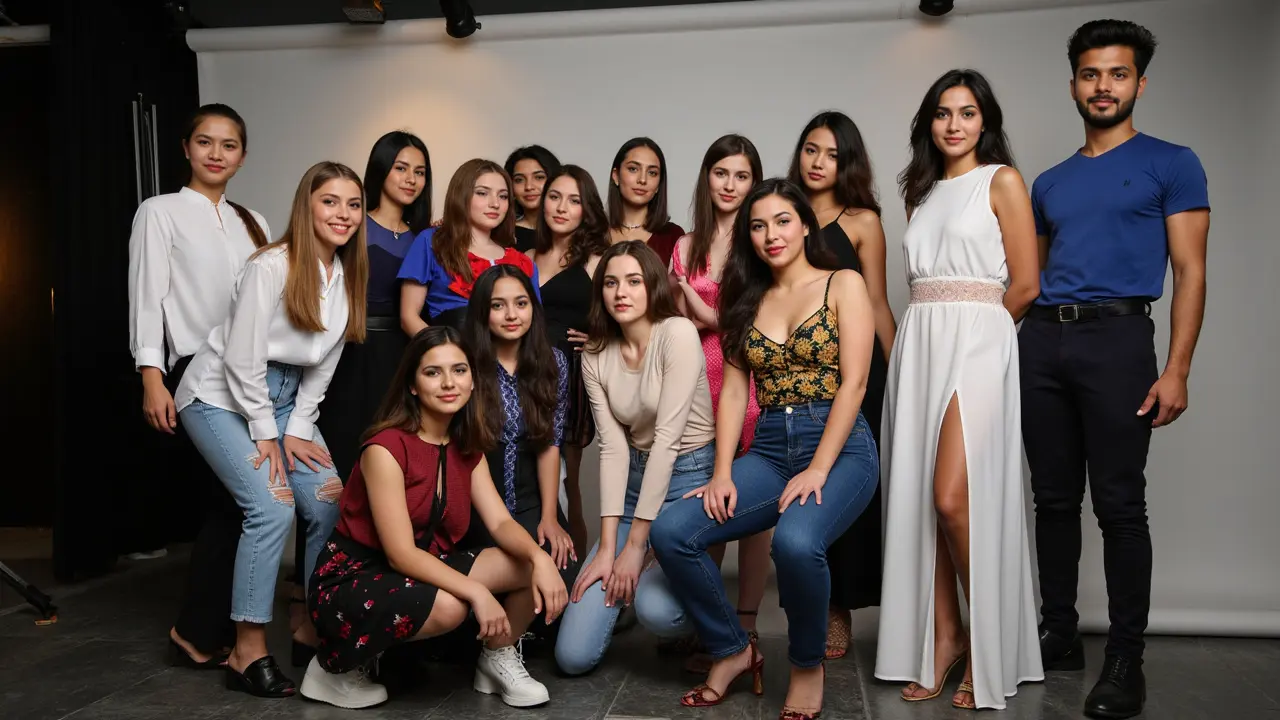Model Photos – Quick Tips, Trends and Real‑World Advice
If you scroll Instagram, you’ve probably seen flawless model photos that look like they belong on a magazine. You might wonder how they do it and whether you can copy the results without a big budget. The good news is you don’t need a fancy studio. With the right prep, simple gear and a few style tricks, you can create model photos that pop.
How to Prepare for a Model Photo Shoot
Start with a clear plan. Write down the type of look you want – street, editorial, fitness or beauty – and match the wardrobe to that vibe. Keep a checklist that includes outfits, shoes, accessories, makeup, and a model bag checklist. Pack only what you need, but add a few backup pieces in case lighting changes.
Lighting is the biggest game‑changer. Natural light works best early in the morning or late afternoon. If you’re indoors, use a softbox or a ring light placed at a 45‑degree angle to avoid harsh shadows. Test the light before the model arrives; a quick selfie can tell you if the exposure is right.
Posing doesn’t have to be complicated. Teach the model three basic poses: a relaxed stance, a dynamic movement shot (like walking or turning), and a close‑up with strong eye contact. Show them reference images on your phone so they know the direction.
Keep communication open. Ask the model how comfortable they feel with each outfit and pose. Small adjustments – shifting a hand or tilting the head – can make a big difference in the final image.
Top Trends in Model Photography 2025
Street style is still huge. Photographers are mixing city backdrops with bright colors and bold patterns. Think graffiti walls, neon signs, or a simple brick alley. The contrast makes the model stand out without extra editing.
Minimalist beauty shots are on the rise. Clean backgrounds, soft pastel tones and a focus on natural skin texture are popular on Instagram’s explore page. Use a plain backdrop, keep makeup light, and let the lighting do the work.
Movement‑based images are gaining traction. Capture the model mid‑jump, hair blowing in the wind, or a flowing dress. A fast shutter speed (1/500 s or higher) freezes the action, while a slower speed (1/60 s) can add intentional blur for a dramatic effect.
Color grading has shifted toward muted, film‑like tones. After the shoot, use a basic Lightroom preset that reduces contrast and adds a warm tint. Avoid heavy saturation – a subtle look feels more authentic.
Finally, user‑generated content is influencing the industry. Models now share behind‑the‑scenes clips on Stories, so film short videos of setup and pose rehearsals. It adds personality and keeps followers engaged.
Putting these tips together gives you a solid foundation for model photos that look professional and fresh. Remember, the key is preparation, simple lighting, clear communication and staying aware of what’s trending. Try one shoot a week, tweak one element each time, and watch your portfolio improve fast.
Model Photos: What Are They Called and Why They Matter
Curious about what model photos are actually called? This article breaks down the different names for model pictures, why they matter for your portfolio, and useful tips for getting the most out of your shoot. From headshots to tear sheets, learn how the right images can make or break your modeling career. If you're just starting out or updating your book, you'll find clear advice and easy-to-follow guidance here. Discover practical info without all the confusing industry jargon.
